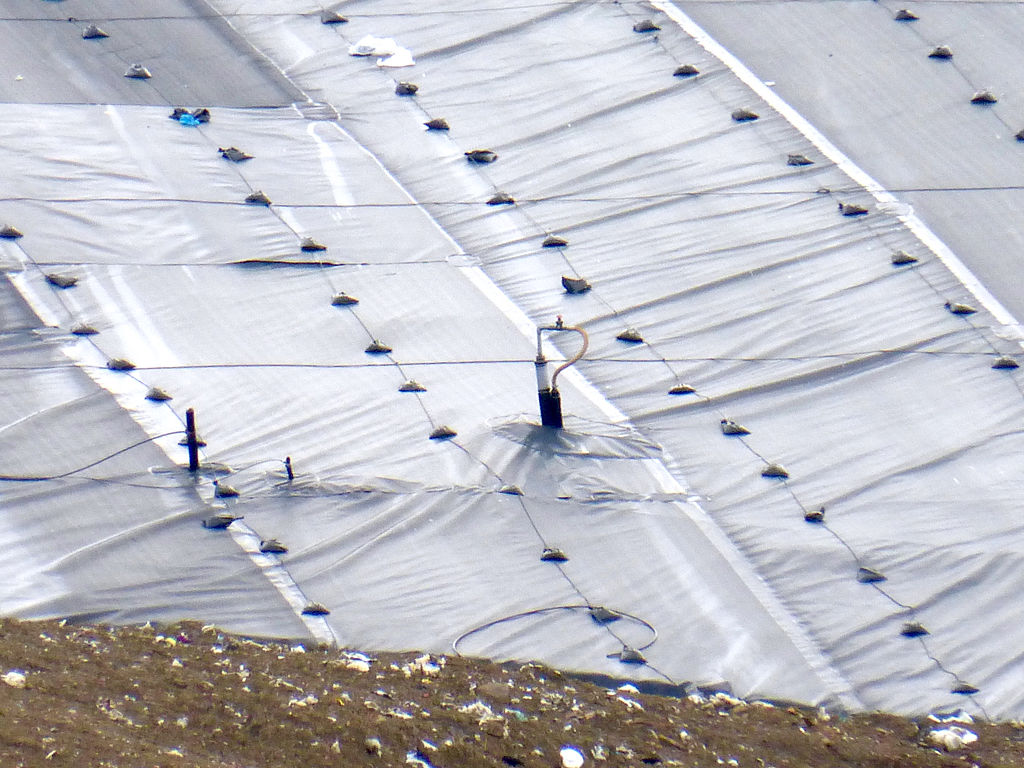News
Nitrogen Removal from Biogas

Depending on how much nitrogen is present in the biogas, it may be necessary to remove or reject nitrogen in order to comply with renewable natural gas (RNG) specifications. Since biogas collected from landfill sites is more likely to be mixed with ambient air containing nitrogen, nitrogen removal tends to be more of an issue for landfill gas rather than for biogas produced in anaerobic digesters. One exception to this, however, is biogas derived from agricultural waste lagoons covered with geomembrane covers, since these collection covers may also allow ambient air to leak into the biogas stream.
Since nitrogen and methane molecules are a similar in size, it can be difficult and costly to remove nitrogen from biogas.
Technologies for Removing Nitrogen from Biogas
Nitrogen is rejected from biogas using pressure swing adsorption (PSA) or membrane technologies. The RNG purification process typically removes most of the carbon dioxide together with any other trace-level impurities that may be present, while allowing nitrogen molecules to pass through freely with the methane. In order to bring nitrogen levels down to acceptable levels that meet specified end-user RNG requirements, it may be necessary to include a secondary nitrogen-specific rejection system at the end of the RNG purification process. In some cases, the biogas conditioning system employed utilizes adsorbents that are able to remove nitrogen together with carbon dioxide.
However, it is important to note that the nitrogen removal process can reduce the amount of methane that is recovered. According to a presentation titled, Quantification of the Incremental Cost of Nitrogen and Oxygen Removal at High-Btu Plants, delivered by Smyth & Pierce at the 14th Annual EPA LMOP Conference and Project Expo held in Baltimore, Maryland (January 2011) in one case methane recovery dropped from 90% to 81.5% when a nitrogen and oxygen removal unit was added to the RNG purification process.
Consequently, many biogas project developers and system designers recommend reducing nitrogen levels in biogas at the source of production rather than trying to remove it during the purification process, as a more economical method of reducing nitrogen levels to meet the required end-user specification. There are both software and hardware technologies available to assist landfill gas operators improve the efficiency of their LFG well-fields and to mitigate the cost of cleaning up the biogas to meet the required standard.
The EPA’s Landfill Methane Outreach Program (LMOP) Renewable Natural Gas Flow Rate Estimation Tool provides a useful guide to assist biogas project managers and operators to quickly estimate normal gas flow rates for LFG-to-RNG projects. According to the EPA, “The Tool calculates the adjusted flow rate and corresponding heat content (Btu) value of landfill gas (LFG) after adjusting a wellfield to meet the inlet specifications for RNG treatment/processing technology. Raw LFG has a lower Btu content relative to RNG, so LFG must be upgraded with certain treatment technologies to be successfully converted to RNG.â€
Featured Image by Z22 / CC BY-SA

